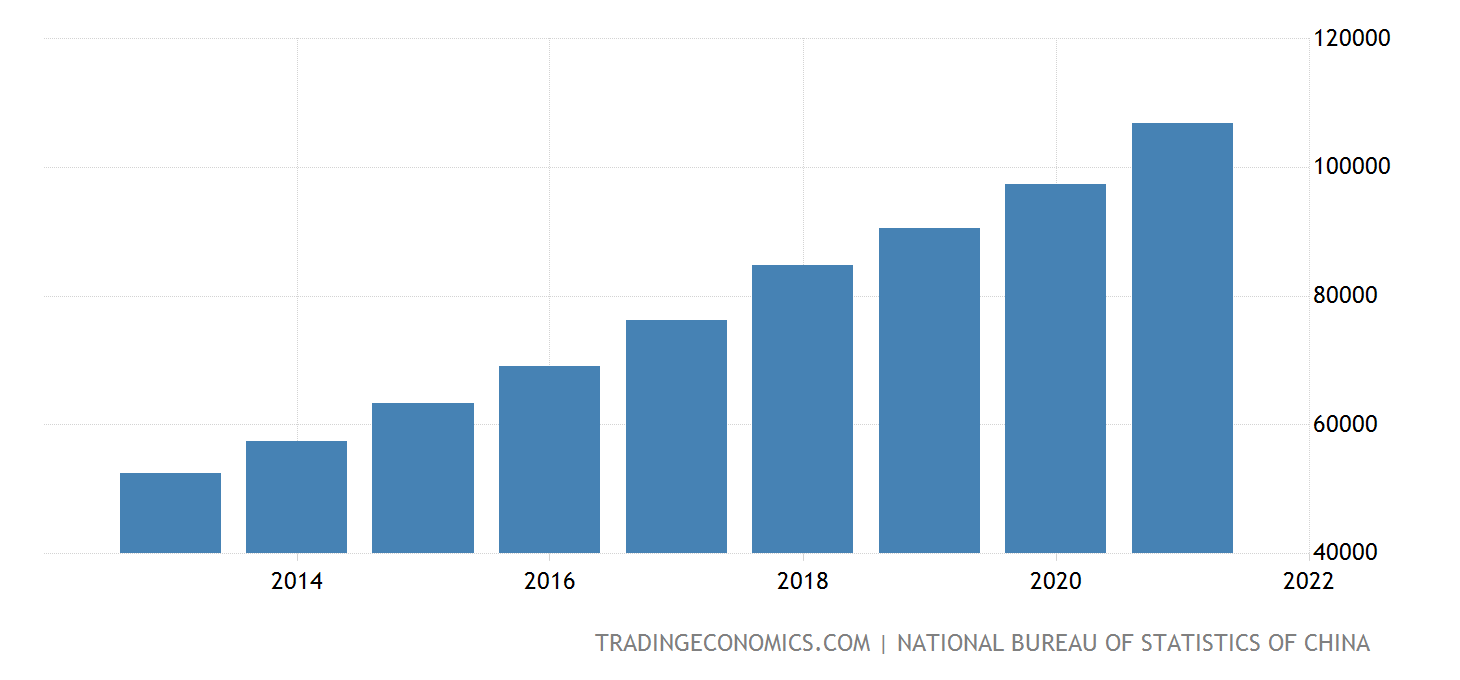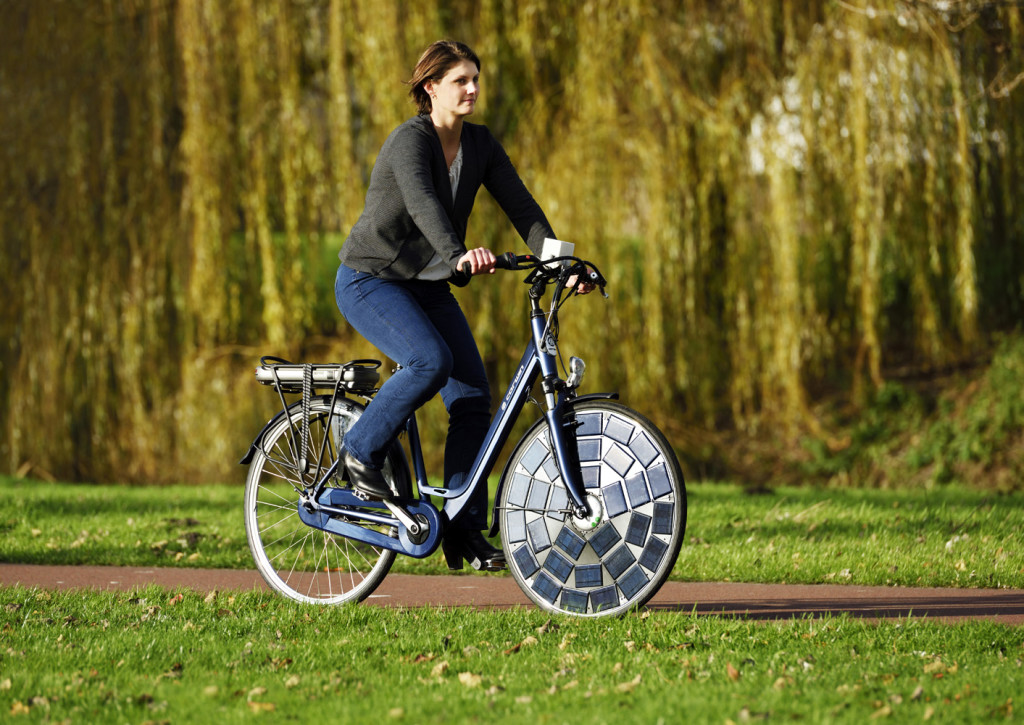craneplaneguy
10 kW
It will be interesting to see if they can compete against China. In Pocatello, near where I'm at, HOKU built a 2 or 3 billion dollar poly silicon plant (raw ingredient of PV panels), and it went under before it was in production due to shifting world wide demand and overseas competition. They couldn't make the PS as cheap as China could sell it. The plant is sitting there now, rusting. Oddly enough, one of the big losers was the local utility, who ran a major power line upgrade out to them for nothing, based on their projected power demand (they would have been the second biggest power consumer in the state) and they got left holding the bag when HOKU went under. When I buy solar in bulk, price per watt is a major factor, and more and more that seems to mean Chinese, I have a shop full of them now, 50 190 watt modules anyway, that I'll sell in the next few months. The end customer, with the rare exception, doesn't care where they come from, just so they are the "right" price.









